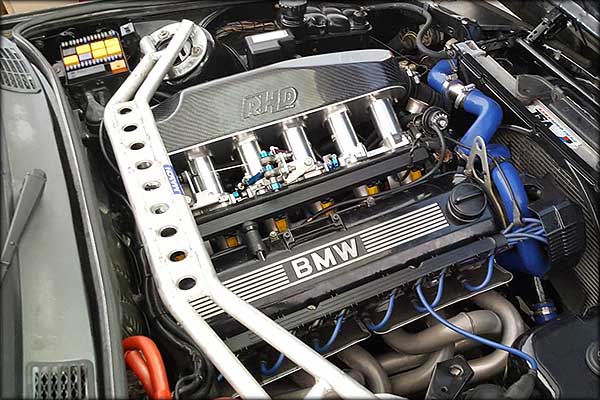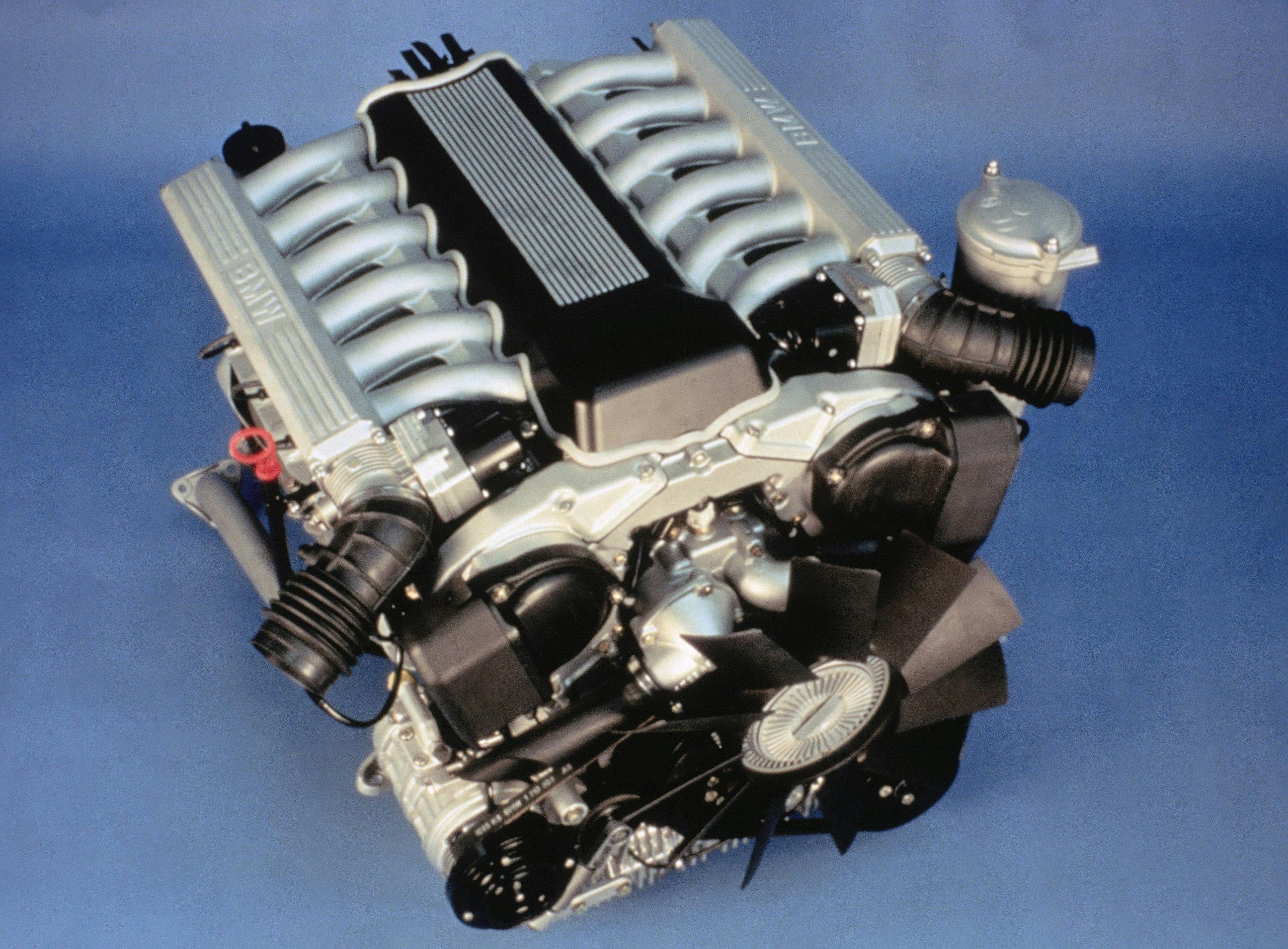The Function of BMW Engine Layout in Achieving Exceptional Fuel Efficiency
The Function of BMW Engine Layout in Achieving Exceptional Fuel Efficiency
Blog Article
Discovering the Advancement of Combustion Engines in Modern Transport Equipments
As we browse the landscape of contemporary transportation, the advancement of combustion engines stands as a testimony to human ingenuity and engineering prowess. From their humble beginnings to the advanced powerhouses pushing lorries today, burning engines have undergone an exceptional journey of development and adaptation. Recognizing the complexities of this development not only clarifies the past however also paves the method for envisioning what lies ahead in the world of transport modern technology. The interaction of background, modern technology, and environmental worries fit the trajectory of burning engines creates a narrative that is both engaging and insightful.
Early Beginnings of Combustion Engines
Exactly how did the idea of combustion engines initial arise in the very early stages of transportation growth? The roots of burning engines can be traced back to the 17th century when the concepts of interior burning were initial checked out.
The innovation moment featured the invention of the first effective gasoline-powered engine by Karl Benz in 1885 - bmw engine. This engine led the way for the development of the modern automobile, changing transportation systems worldwide. Subsequent technologies by Nikolaus Otto and Gottlieb Daimler further fine-tuned burning engine technology, bring about the automation of cars and the quick expansion of the transportation sector
These very early burning engines were characterized by their simpleness and effectiveness, laying the foundation for the complex and powerful engines made use of in modern-day transportation systems. The evolution of burning engines has actually been crucial fit the method we travel and carry goods, noting a substantial turning point in the history of transportation growth.
Shift to Internal Burning Innovation
The change to internal burning modern technology marked an essential change in the advancement of transportation systems. This shift started in the late 19th century, with innovators like Nikolaus Otto and Gottlieb Daimler establishing the very first effective internal combustion engines. These engines reinvented transportation by using a much more reliable and effective option to vapor engines and electrical motors.
Among the essential benefits of internal burning engines was their capacity to be reduced to fit into lorries, leading to the development of autos and motorbikes. This change from cumbersome, fixed engines to compact, mobile ones paved the method for the contemporary transportation systems we see today.
The shift to internal combustion modern technology likewise spurred improvements in gas technology, resulting in the development of gas and diesel as key gas sources for vehicles. This change not just made transport more obtainable to the masses yet likewise laid the foundation for the oil and gas market to end up being indispensable to worldwide economic situations.
Impact of Combustion Engines on Transport
The adoption of combustion engines in transportation systems militarized an extensive shift in the efficiency and speed of worldwide wheelchair. Combustion engines revolutionized transport by providing a reputable and flexible source of power for different automobiles, consisting of autos, aircrafts, ships, and vehicles. This advancement dramatically enhanced the ability for goods and people to move over cross countries in shorter timespan, causing enhanced connection between areas and countries.
Furthermore, the prevalent use of burning engines has actually had a considerable influence on economic advancement. The capability to carry items successfully has stimulated trade and business, permitting businesses to increase their markets and get to customers worldwide. This has actually facilitated economic development and globalization, as products can now be delivered faster and in bigger amounts than in the past.
Nevertheless, the environmental impact of combustion engines can not be ignored. The burning of nonrenewable fuel sources has caused air contamination and greenhouse gas exhausts, adding to environment modification and posturing wellness risks to populations. bmw engine. As an outcome, there is an expanding focus on developing alternative propulsion modern technologies to alleviate these negative results and develop a more lasting future for transport
Developments in Combustion Engine Style
Countless advancements in combustion engine layout have moved the evolution of transport systems over the decades. One noteworthy innovation is the development of turbocharged engines, which utilize exhaust gases to drive a wind turbine that compresses incoming air, enabling more fuel to be burned, resulting in enhanced power result without a substantial boost in engine dimension. Furthermore, direct shot technology has improved gas effectiveness and performance by exactly controlling the quantity and timing of fuel infused right into the combustion chamber. Variable valve timing systems have actually likewise changed engine style by enhancing air flow at different engine speeds, boosting both power and performance. An additional substantial advancement is the assimilation of light-weight products such as carbon fiber and light weight aluminum alloys, reducing overall engine weight and boosting lorry fuel economic situation. In addition, developments in computer-aided design have actually enabled designers to enhance engine performance and effectiveness through simulations prior to physical prototypes are built, conserving time and resources in the advancement procedure. These advancements collectively add to the continuous improvement of burning engines in modern transport systems.
Future Trends in Combustion Engine Growth
With technology advancements driving continuous innovation, the future of burning engine development is positioned to change transport systems globally. One of the vital trends in combustion engine development is the push in the direction of greater efficiency check and lowered discharges.
Another prominent trend is the fostering of crossbreed technologies in combustion engines. Hybrid engines incorporate traditional combustion technology with electrical power, providing improved gas efficiency and lower emissions. As the automotive market shifts towards electrification, hybrid burning engines are viewed as a transitional remedy that bridges the void in between traditional lorries and completely electrical ones.
Moreover, the assimilation of smart modern technologies, such as expert system and data analytics, is anticipated to play a considerable function in the future of combustion engine development. These modern technologies can optimize engine performance in real-time, helpful site resulting in much more effective burning processes and enhanced total vehicle performance. Accepting these future patterns will not only drive innovation in burning engine advancement yet likewise add to a more eco pleasant and sustainable transport ecological community.

Verdict
Finally, the evolution of burning engines in contemporary transport systems has been marked by considerable developments in modern technology and style. From the very early beginnings of burning engines to the transition to inner combustion innovation, these engines have actually had a profound influence on transportation. Innovations in combustion engine style remain to drive progression in this field, with future trends focusing on further boosting effectiveness and decreasing exhausts. The click here to find out more future of combustion engines in transport looks appealing as research and growth initiatives remain to press borders.
The roots of combustion engines can be traced back to the 17th century when the concepts of inner combustion were very first discovered. These engines changed transportation by using a much more powerful and effective option to vapor engines and electric motors.

Report this page